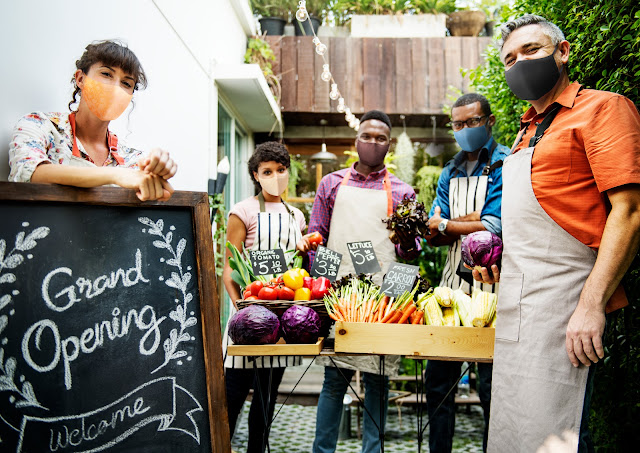Today, a staggering 81% of consumers initiate their purchasing journey online before visiting a physical store. However, only a mere 25% of internet users venture beyond the first page of Google search results. The importance of appearing on the first page is now more crucial than ever.
In this comprehensive checklist, we present you with straightforward and effective SEO techniques that can elevate your search rankings. Feel free to utilize this guide as a reference tool by printing it out.
In this checklist, you’ll find
- A six-point local SEO checklist to enhance search rankings
- Crucial location data and local website criteria for visibility
- Best practices for optimizing Google Business Profile (GBP)
- Additional tips to enhance your overall SEO strategy
Here’s a Sneak Peek
- Local Search
Local search stands out as one of the most effective methods for inbound lead generation, particularly for product and service-based businesses. Discovering businesses in an organic, ad-free environment facilitates the establishment of trust and authority during sales.
While local search offers significant benefits, it can be complex due to its relatively new nature. My local search checklist provides a quick overview of the local search optimization process, along with a detailed checklist for practical implementation.
- Local SEO vs. SEO
Before delving into local search, it's crucial to distinguish between local SEO and global SEO. While both fall under the same marketing category, they demand vastly different approaches and techniques.
SEO focuses on improving web traffic globally by enhancing a website's visibility on search engines like Google. Local SEO, on the other hand, concentrates on generating locally-relevant traffic, ensuring businesses are easily found by the local target audience seeking specific products or services.
What are the benefits of local search?
- Investing in local SEO is essential, even for businesses with a robust SEO strategy, especially if they cater to a specific location. Some benefits include:
- Boosting traffic with local and organic searches accounting for 69% of overall web traffic.
- Enhancing brand visibility locally, with 42% of local searches resulting in clicks on the Google Map Pack.
- Reducing ad spending, as local searches became the top source for finding local businesses in 2020.
- Generating more phone calls and direct contact, according to a 2021 survey on local search marketing.
As advertising costs rise and trust in advertising diminishes, optimizing for local search helps maintain a steady lead funnel.
Who needs local SEO?
While local SEO is highly effective, its importance varies among businesses. Industries that typically benefit include:
1. Dentists
2. Restaurants
3. Retail stores
4. Self-storage units
5. Real estate agents
6. Property management firms
7. Home services
8. Automotive dealerships
9. Hospitality businesses
10. Health and wellness businesses
How to succeed in Local SEO
Many local businesses struggle with local search optimization due to its novelty. The following principles can guide you:
- Consistency: Ensure all business data is consistently accurate.
- Attention to detail: Monitor all components of local SEO closely.
- Systemic approach: Develop a systematic approach to ensure consistency and attention to detail.
Why do you need this local search checklist?
For your business to appear in Google’s local map pack, numerous elements must align. Our local search checklist is one of the most comprehensive guides available. It addresses common challenges like Google Business Profile management, on-page optimization, review management, and local content creation.
This checklist covers
1. A detailed location data checklist
2. Reputation management
3. Optimization of Google Business profile
4. Locally-relevant content creation
5. Tips for improving local search rankings
Search Business Online: The best local search service for local businesses
Search Business Online, gets you real results that help you be found:
+400% Calls from Google
+440% Directions from Google
+450% Site traffic from Google





